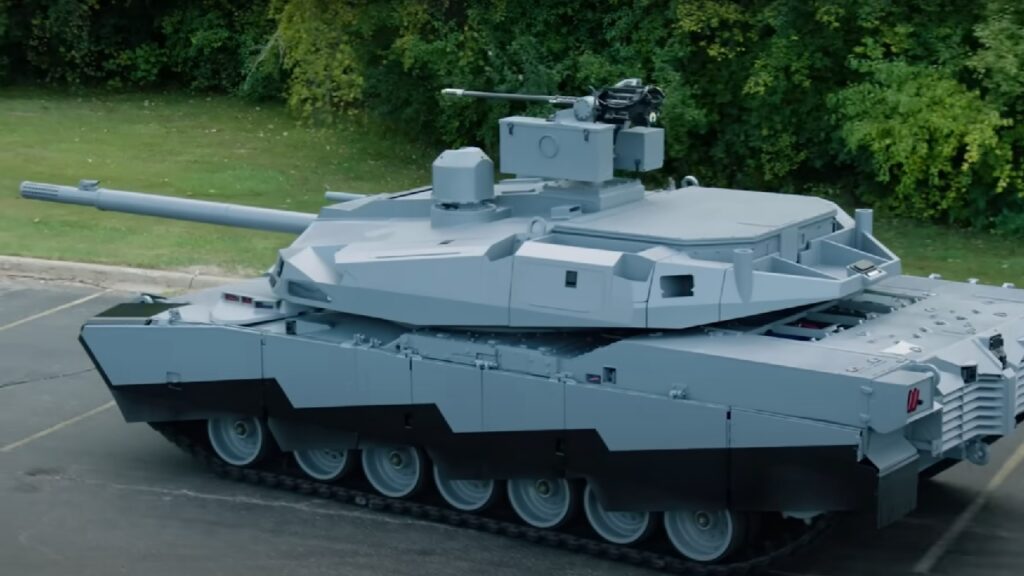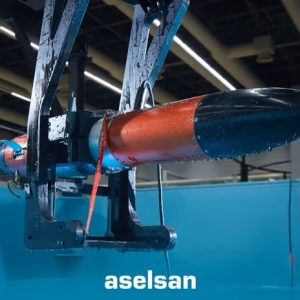Army Signals Abrams M1E3 Production Push

The U.S. Army has shifted from concept work to capacity planning for Abrams M1E3 production. It issued a market survey to test whether U.S. industry can scale the next Abrams main battle tank. The notice came from PEO Ground Combat Systems and Project Manager Abrams on the federal contracting portal. It seeks clear proof of manufacturing readiness, digital integration, and quality systems for heavy tracked vehicles [1].
Moreover, the questionnaire goes far beyond basic assembly. It calls for line‑replaceable modules, electronic enclosures, power distribution, and advanced sights and stabilization. It also highlights lasers, communications, battle‑command tools, and predictive maintenance. Together, these items outline a lighter, more modular, and more upgradable Abrams—aligned with the Army’s shift from M1A2 SEP v4 to the M1E3 concept [3].
Why it matters: The Army aims to integrate new tech kits, verify subsystems, and enforce configuration control for a digital tank. As a result, the survey tests the true depth of the U.S. armor base [1][4].
Governance: Responses flow through Army Contracting Command–Detroit Arsenal under PEO GCS / PM Abrams oversight [1].
Timing: Industry responses were due , according to public aggregators of the notice [2].
Strategic signal: The Army is preparing the industrial base for a survivable, modular Abrams built for contested environments [3][5].
What the survey reveals about Abrams M1E3 production
First, the survey reads like a blueprint for digital armor. It prioritizes line‑replaceable units, electronic boxes, display assemblies, and vehicle power components. These keep a networked tank fighting under electromagnetic and kinetic stress. In addition, it asks for integration across radios, battle‑command suites, and advanced fire‑control elements, including stabilization and laser applications. Those features shorten the sensor‑to‑shooter loop and raise lethality [1].
Second, the sustainment focus is explicit. The Army wants configuration management and supply‑chain oversight down to serial‑numbered baselines. Consequently, it expects high‑tempo engineering changes and accurate tracking of software and hardware across lots, depots, and theaters. In practice, Abrams M1E3 production should yield fewer bespoke variants, faster parts flow, and more predictable maintenance windows [1][5].
Third, facility readiness will decide winners. The Army asks for powertrain test labs, armor fabrication, and paint and storage areas. It also needs logistics muscle to ship complete vehicles. Furthermore, it wants credible plans to refit lines or build new ones. In short, firms that can move from prototypes to throughput—without skipping quality gates—will lead Abrams M1E3 production [1].
Industrial base implications—and risks
For Detroit Arsenal and the Army Organic Industrial Base, the survey marks a pivot. The service is moving from incremental upgrades to a modular architecture it can refresh over decades. This approach supports lower weight, better survivability, and simpler logistics. It does so through modular open systems and streamlined subsystems rather than bolt‑on complexity [3][5].
However, the risks are real. New suppliers must be qualified. Novel subsystems must be validated. Armor fabrication must scale. Meanwhile, labor and materials remain tight. Therefore, schedule pressure is likely.
Even so, the Army’s stepwise plan should mitigate bottlenecks. It will survey, down‑select, and then release follow‑on solicitations. By testing machining, electronics, and systems‑integration depth early, program managers can shape timelines before milestones harden. That matters if Abrams M1E3 production is to align with broader land and air modernization.
Related: Maritime autonomy is reshaping land‑force survivability. For context on counter‑swarm and networked fires, see our coverage of PLA swarm‑capable USVs [6].
What changes with the M1E3 concept
In 2023, the Army framed M1E3 as a path that trims weight, boosts survivability, and speeds future upgrades. Rather than add mass to the M1A2, the M1E3 re‑balances the platform. It uses modular armor, a simplified power and electronics backbone, and cleaner integration points for new tech. Notably, the concept reflects lessons from contested EW and the need for tighter links to digital battle networks [3][4].
Likewise, Congressional Research Service notes that M1E3 bridges to a future heavy platform. It stresses survivability, mobility, and easier tech insertion without full redesigns. For industry, that implies recurring kit buys, subsystem refresh cycles, and open interfaces. Consequently, integration risk and vendor lock‑in should fall during Abrams M1E3 production [5].
What happens next
The market survey is a scoping tool, not a contract. The Army will digest responses, validate claims, and adjust strategies. Next steps usually include industry days, draft RFPs, and awards for long‑lead items and integration. Pace will depend on test venues and budget cycles under ACC–Detroit Arsenal. Each turn will stress‑test assumptions behind Abrams M1E3 production—from supplier depth to depot interfaces [1].
Strategically, timing tracks a wider U.S. push for high‑intensity readiness. Heavy armor must survive drones, loitering munitions, EW, and precision fires. Thus, the message to industry is direct: bring scalable factories, digital tooling, and disciplined quality systems. Otherwise, expect to be left behind as Abrams M1E3 production moves from paper to plant [8].
Further Reading
For added context on U.S. armor programs and the industrial base, see the sources below.
References
- SAM.gov — PEO GCS / PM Abrams Market Survey (Aug. 27, 2025)
- FedScout summary — due date & synopsis (Sep. 2, 2025)
- U.S. Army — M1E3 Abrams modernization announcement (Sept. 6, 2023)
- Defense News — Army pivots to M1E3 modernization (Sept. 6, 2023)
- CRS In Focus — The Army’s M‑1E3 Abrams Tank Modernization Program (Apr. 21, 2025)
- Defence Agenda — China debuts swarm‑capable USVs (context)
- Defence Blog — Original report & image source
- The Defense Post — Army tests industry for Abrams M1E3











